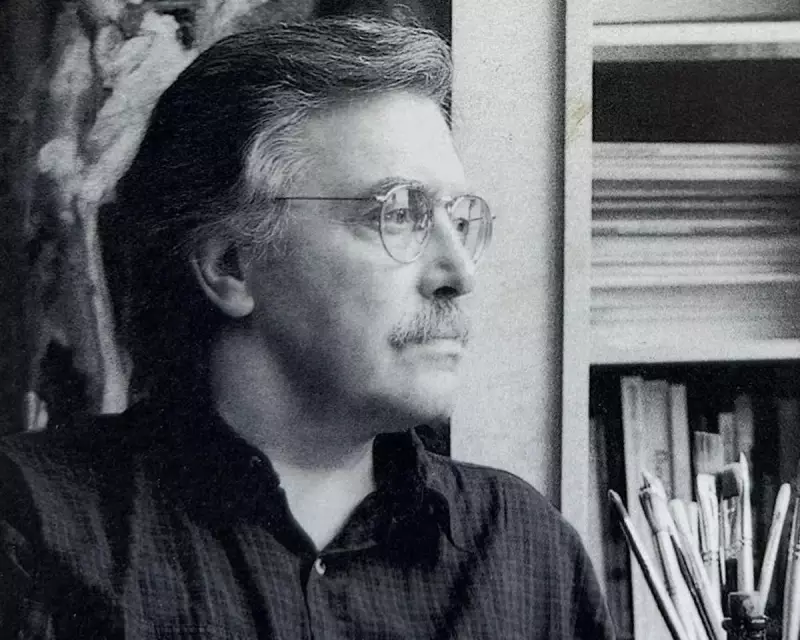
The architectural world mourns the passing of John Langton, the visionary British architect whose bold brutalist designs left an indelible mark on London's cityscape. Langton, who has died aged 91, was responsible for some of the capital's most distinctive and controversial buildings that continue to provoke discussion decades after their completion.
The Man Behind the Concrete
Langton's career spanned five decades of architectural evolution, during which he remained steadfast in his belief that architecture should serve social purpose above all else. His most famous works, including the monumental South Bank Tower and the innovative Chelsea Housing Estate, demonstrated his commitment to creating spaces that were both functional and sculptural.
Revolutionising Social Housing
What set Langton apart from his contemporaries was his unwavering dedication to social housing. At a time when many architects were chasing commercial commissions, Langton focused on creating affordable housing that didn't compromise on design quality. His Chelsea Estate, completed in 1972, became a benchmark for how social housing could combine aesthetic ambition with practical living.
'Architecture for the people' wasn't just a slogan for Langton—it was a philosophy he lived by. He often clashed with local authorities and developers who wanted to cut corners, insisting that residents of social housing deserved the same design consideration as those in luxury apartments.
Brutalism and Beyond
While Langton became synonymous with the brutalist movement, his work demonstrated a sensitivity that often escaped his peers. His buildings, though monumental in scale, incorporated thoughtful details that responded to their urban contexts. The textured concrete surfaces, carefully positioned windows, and integrated green spaces showed an architect thinking about how people would experience his buildings from street level.
Later Career and Legacy
In his later years, Langton witnessed the rehabilitation of brutalist architecture from much-maligned style to celebrated heritage. Buildings he designed were granted listed status, protecting them for future generations. He took particular satisfaction in seeing younger architects embrace the principles he had championed throughout his career.
Langton's influence extends beyond his built work. He taught at the Architectural Association for twenty years, mentoring a generation of architects who would go on to shape contemporary British architecture. His lectures were legendary, filled with passionate arguments about architecture's social responsibility.
A Complex Legacy
Like many visionary architects, Langton's work wasn't without controversy. Some residents criticised the practical shortcomings of his designs, while preservation battles over his buildings often made headlines. Yet even his critics acknowledged the integrity of his vision and his commitment to principles over popularity.
Today, as we reassess the architectural legacy of the postwar period, Langton's work stands as a testament to an era when architects believed they could build a better world—one concrete block at a time. His buildings continue to dominate London's skyline, permanent reminders of an architect who dared to imagine a different kind of city.
John Langton is survived by his wife, two children, and the concrete poetry of his buildings that will continue to shape London for generations to come.





